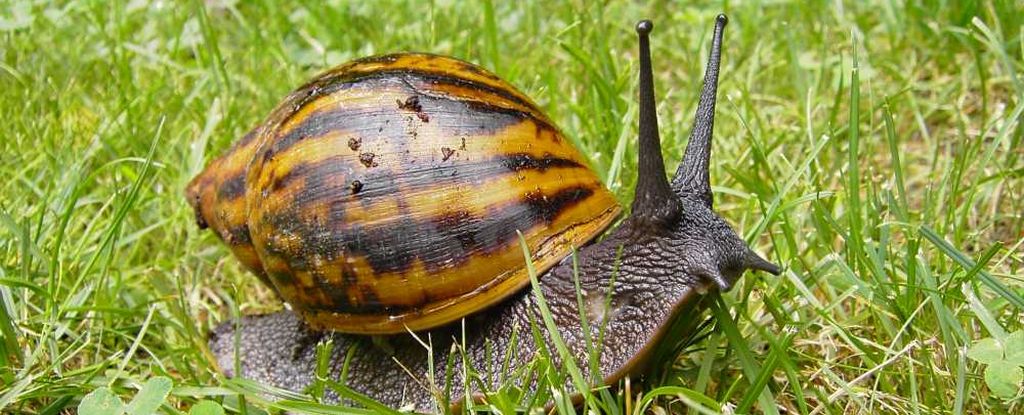Products You May Like
As early as 170,000 years ago, Homo sapiens was sustaining itself on fatty, protein-rich fare: the cooked flesh of giant land snails.
A study of snail shells excavated from the famous Border Cave archaeological site in South Africa, followed by rigorous experimentation, reveals that the nutritious mollusks were an important part of the human diet for 100,000 years.
These findings fill a curious gap in the fossil record. Until now, the most recent evidence of human consumption of snails was around 49,000 years ago – which seemed curious, given how easy and safe they are to gather and prepare and what an excellent source of nutrients they constitute.
This was previously interpreted as an expansion of subsistence resources in response to demographic pressures. A team of archaeologists led by Marine Wojcieszak of the University of the Witwatersrand in South Africa now shows that snails were considered a food source for much, much longer.
Humans and human ancestors have inhabited Border Cave for a very long time, with a record that spans back more than 227,000 years ago, up to as recently as 600 years ago. All that living and dying left records buried deep in the sediment of the cave floor, but those records need to be dug up, and carefully.
The most recent excavations took place between 2015 and 2019 and turned up something curious: A large number of snail shell fragments, from many layers buried at different times. These fragments were traced to the Achatinidae family – giant land snails – but how and why they happened to be in the cave was unknown.
Wojcieszak and her colleagues noticed that these fragments varied significantly in color, “from lustrous beige to brown and matt[e] gray”. This color variation can occur when the shells are heated, but whether that was the case for the Border Cave fragments, and the method of the heating, needed to be tested.
The researchers took shell fragments of the brown-lipped agate snail (Metachatina kraussi) because it is representative of the family of snails that produced the shells found in Border Cave and subjected them to different heating conditions in a muffle furnace, with temperatures ranging between 200 and 550 degrees Celsius (392 and 1,022 degrees Fahrenheit) for different time periods.
Next, the shells – both from the archaeological assemblage and the experimental shell fragments – were carefully studied using infrared, Raman, and scanning electron microscopy. These tracked the heat-induced changes to minerals in the shells and confirmed that the alterations to the Border Cave fragments were the product of heat, not the environment or decomposition. These changes include the change of color and sheen, the introduction of minute cracks, and water and weight loss.
Most of the fragments recovered from the cave showed signs of heating, likely from being cooked on embers. Since the shells would not have been heated evenly, this could explain why some fragments seemed uncooked.
This suggests that the people who lived in Border Cave collected snails and brought them home to share. Snails move slowly, and collecting them is no danger. Although they may harbor dangerous parasites, careful handling would help avert sickness, plus the creatures are rich in many vitamins and minerals. And, as the researchers point out, giant snails are still a popular food source in West African countries.
It seems counterintuitive to believe that such an easily obtainable, easy-to-eat, and nutritious food would have escaped the notice of early humans. The work of Wojcieszak and her team supports this idea.
And, in fact, the researchers note that, together with evidence of cooking and eating starchy vegetables at the site, snails may have been a way to help feed a large group of people.
“Border Cave is at present the earliest known site at which this subsistence strategy is recorded. Previous research has shown that charred whole rhizomes and fragments of edible Hypoxis angustifolia were also brought to Border Cave to be roasted and shared at the site,” they write in their paper.
“Thus, evidence from both the rhizomes and snails in Border Cave supports an interpretation of members of the group provisioning others at a home base, which gives us a glimpse into the complex social life of early Homo sapiens.”
The research has been published in Quaternary Science Reviews.
